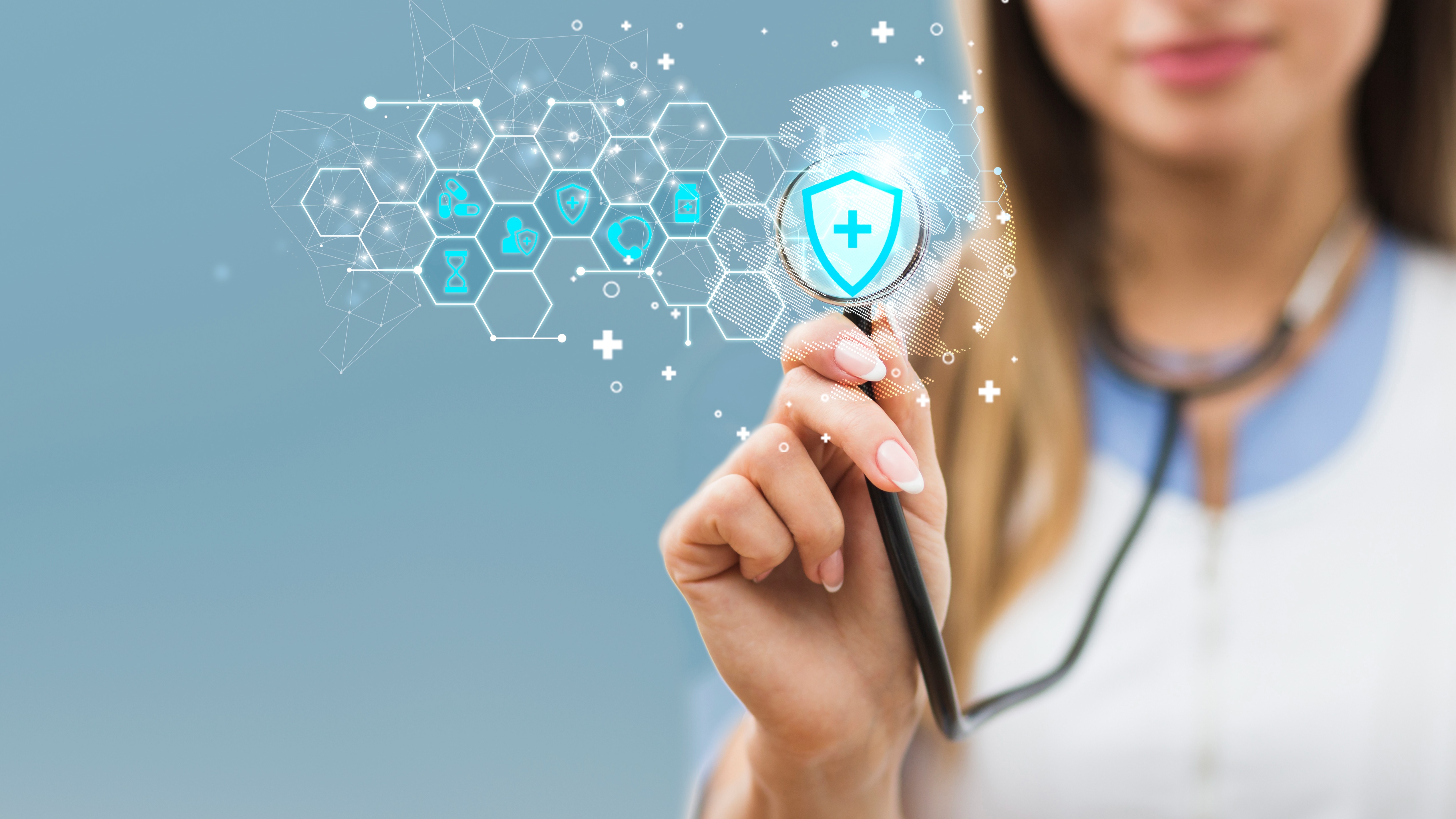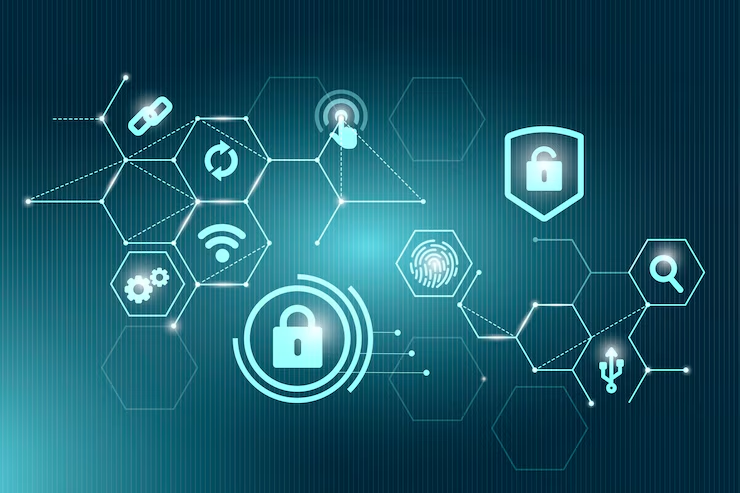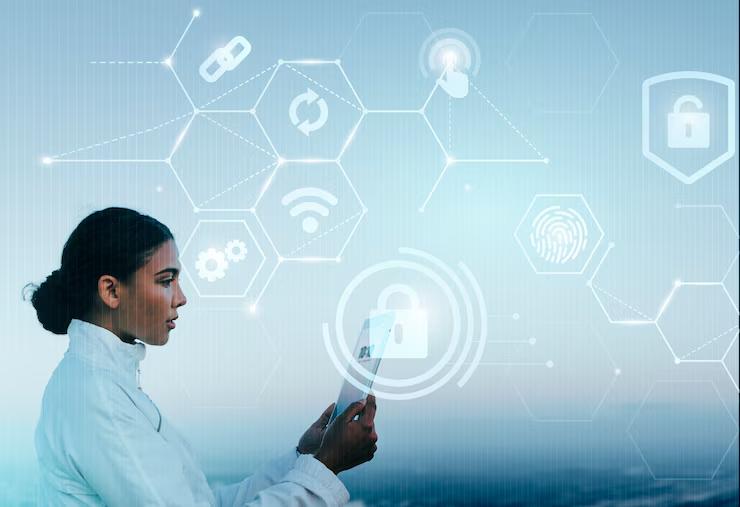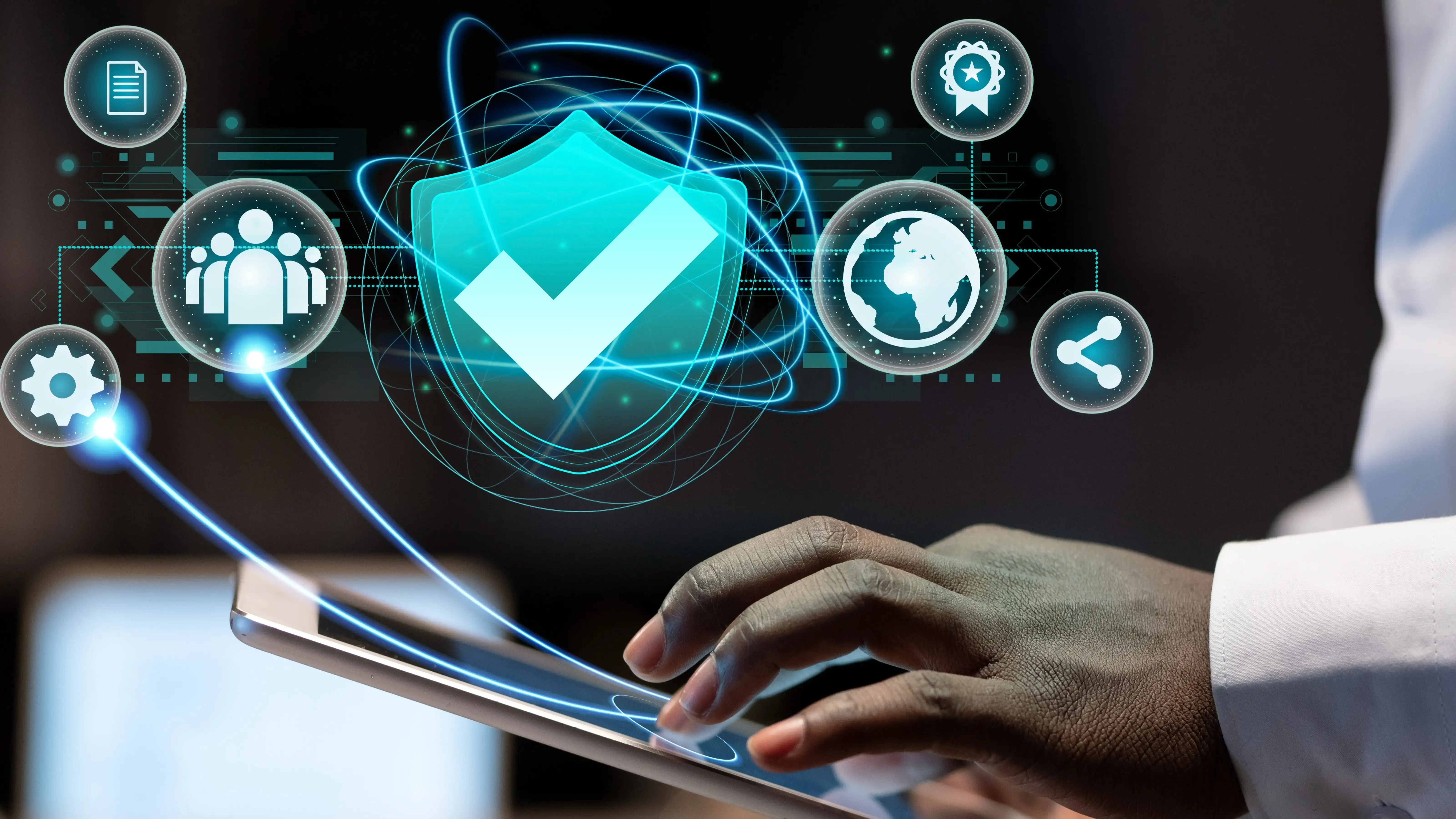In today's digital era, patient information is perhaps the most valuable and exposed commodity. With the fast pace of electronic health record (EHR) adoption, telemedicine platforms, and wearable health devices, the healthcare sector is more and more at risk of cyber attacks. For businesses, having good healthcare cybersecurity such as Gini is not a convenience—it is a requirement. Safeguarding confidential health data means designing innovative methods, clever architecture, and an obsessive interest in security compliance.
The Rising Tide of Cyber Threats in Healthcare
The healthcare sector has been an increasingly favorite target for cybercriminals. In contrast to financial information which could be swiftly disabled, hacked medical data could be used for years to come, rendering it more lucrative on the black market. Consequently, the occurrences of cyberattacks in healthcare have multiplied. These cyberattacks include ransomware and phishing, data breaches, and insider threats.
In this high-risk setting, nothing is more critical than cybersecurity in healthcare. Gini takes notice of this increasing challenge and has established an advanced security system designed especially for the healthcare environment.
Why Cybersecurity Is Important for the Healthcare Sector
When thinking about why cybersecurity matters to the healthcare sector, the response is clear: it is directly linked to patient safety and trust. Failure to access health records in emergencies because of a breach in the system may be fatal. Moreover, cybersecurity threats to healthcare can harm reputations, have implications under the law, and cause enormous financial losses.
Gini tackles these concerns by integrating proactive threat detection, continuous system monitoring, and robust encryption practices that secure patient information and provide it solely to verified users.
A Strategic Cybersecurity Plan Built for Healthcare
At the heart of Gini’s approach lies a comprehensive cybersecurity plan specifically personalized for the healthcare domain. The strategy includes real-time threat monitoring, AI-based risk modeling, intrusion detection systems, and regular penetration testing. These elements are part of a larger cybersecurity strategic plan that aligns with both national and international healthcare cybersecurity regulations.
By sticking to strict frameworks like HIPAA, GDPR, and NIST, Gini keeps its practices compliant, scalable, and adaptable to cybersecurity risks in healthcare.
Proactive Protection Using Artificial Intelligence
Gini uses AI and machine learning-based models that continuously monitor data traffic and identify anomalies early on. These technologies identify patterns indicating an attempted attack and automatically initiate containment measures. This makes it possible for Gini to neutralize both traditional and emerging cybersecurity threats.
Based on predictive algorithms, the platform is able to evaluate likely vulnerabilities ahead of time, thus reducing the likelihood of system crashes or data robbery.
Applying Zero Trust Architecture
Among the best practices of today's healthcare cybersecurity is the zero-trust architecture. In this system, no one—inside or outside the network—is automatically trusted. Gini has deployed this model completely, with each request for access authenticated and checked carefully.
This drastically minimizes insider threats and makes sure sensitive information is still save from misuse, reinforcing cybersecurity healthcare policies throughout the whole ecosystem.
Safeguarding Information with Blockchain Technology
Blockchain gives a distributed and unalterable method for recording information. Blockchain is used by Gini in recording all transactions of data to make records tamper-free and transparent. This transparency is critical in fighting cyber security threats in healthcare through the provision of traceability and accountability.
Adoption of blockchain also supports medical cyber security through maintaining patient record integrity as well as conformity to high regulatory standards.
Encryption and Endpoint Protection
All data managed through Gini’s platform is encrypted at rest and in transit. This ensures that even if data is intercepted, it remains unreadable to unauthorized parties. Advanced endpoint protection tools are installed on all access points, which include mobile devices, computers, and connected medical equipment.
These measures safeguard every digital touchpoint in a facility, contributing to a robust healthcare cybersecurity environment.
Regulatory Compliance and Industry Standards
Gini aligns its infrastructures with established healthcare cybersecurity standards like ISO/IEC 27001, NIST SP 800-53, and HITRUST. These standards are the foundation of any secure digital health system. In addition to standards, Gini also adapts its solutions to satisfy particular legal demands, fulfilling its function in preserving data privacy and integrity in diverse jurisdictions.
By staying ahead of evolving legislation, Gini solidifies its standing as a leader in cyber security in the healthcare industry.
Real-Time Monitoring and Incident Response
In the case of a breach, immediate response is crucial. Gini’s real-time monitoring framework detects intrusions within seconds and activates automated response protocols. This includes isolating the affected system, notifying the security team, and initiating forensic investigation procedures.
This rapid response avoids significant disruptions and limits the damage usually inflicted by cybersecurity challenges in healthcare.
Segmenting Networks for Containment
Gini utilizes network segmentation, a strong policy that separates systems and departments. In case of an attack, the attacker cannot laterally move the network, reducing exposure. This policy is crucial in high-threat environments such as hospitals, clinics, and labs, where several users and systems interact frequently.
Network segmentation strengthens hospital cyber security and enhances intrusion containment.
Preventing Insider Threats Through Education
Insider activities and employee negligence remain leading cybersecurity issues in healthcare. Gini proactively addresses this through the provision of cybersecurity awareness training, frequent simulations, and role- and responsibility-based access controls.
This people-oriented approach reduces risk and creates an atmosphere of accountability, which is essential for any cyber security for healthcare framework.
Managing Third-Party Risks
Healthcare providers frequently work with vendors, laboratories, insurers, and other third-party organizations. These arrangements add other security risks. Gini conducts extensive third-party risk evaluations and makes all partners follow the same strict cybersecurity standards.
By extending security beyond its own systems, Gini strengthens cyber security in healthcare environments as a whole.
Interoperability Without Risk
The cybersecurity and healthcare connection is frequently complicated by the necessity for data interoperability. Gini makes secure information sharing possible with encrypted APIs and access controls. These tools allow providers to work together effectively without compromising data protection or privacy.
This balance of usability and safeguarding is paramount to making sure digital health systems are successful over the long haul.
Staying Current with Cybersecurity Trends in Healthcare
The threat landscape is constantly changing. From new ransomware attacks to AI-based attacks, healthcare systems have to be adaptable fast. Gini invests significant resources in R&D in order to be at the forefront of cybersecurity trends in healthcare and create safeguards against emerging risks.
This dedication to innovation allows Gini's clients to be saved at all times by the latest security technologies available.
Empowering Patients with Control and Transparency
Trust is the foundation of advance healthcare. Gini promotes patient trust by providing transparent insight into how their data is being used and who gets to see it. Patients are given activity logs, are able to control their permissions, and even revoke permissions when needed.
This transparency generates loyalty and fits with the ethical responsibilities of healthcare cybersecurity.
Reducing the Matrix of Cybersecurity Concerns
The matrix of all existing cybersecurity concerns in the healthcare industry covers threats ranging from phishing and ransomware to data tampering, and insider abuse. Gini tackles such intricacy through an integrated solution that combines technology, policy, and people.
Its holistic model enables Gini to safeguard healthcare data at each level—from input and storage to sharing and archival.
The Advantages of Safe Digital Infrastructure
The advantages of internet security in the healthcare workplace go beyond protection against breaches. They include enhanced operational effectiveness, reduced legal liability, higher patient satisfaction, and increased interoperability.
Gini's products produce a secure virtual environment that promotes growth, innovation, and excellence in the delivery of healthcare.
Ready to Protect Your Healthcare Data with Gini?
Join the future of health tech with a trusted cybersecurity partner. Let Gini lead your organization ahead of threats and into full compliance.
Protect what is most valuable—your patients, your information, and your reputation.





